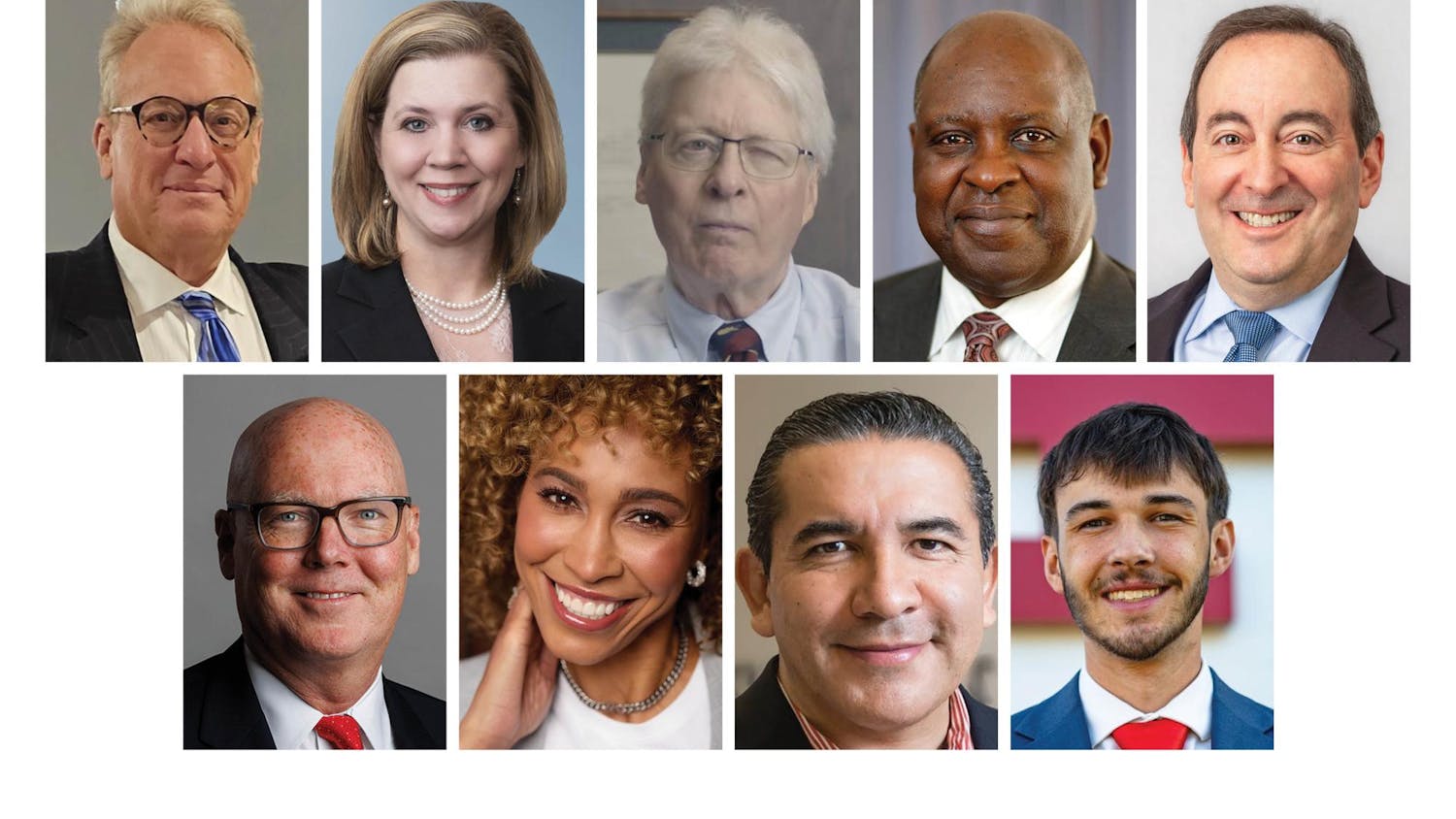BY AMANDA MARINO
ammarino@indiana.edu
Five IU faculty members just received the promotion of a lifetime.
Last month they were each ranked distinguished professor, the highest academic appointment IU can award.
This year’s recipients include Professor Olaf Sporns of the Department of Psychological and Brain Sciences, Professor Krishnan Raghavachari and Professor David Clemmer of the chemistry department, Professor Roger Temam of the mathematics department and Professor John Bodnar of the history department.
According to a press release, the ranking of distinguished professors was created in 1967 by the IU Board of Trustees who, in collaboration with the president, choose candidates and present the title annually.
Nominations can be made by students, faculty and alumni. According to the Office of University Ceremonies, the appointees reflect recognition of works pioneering or transforming their field.
After being reviewed by the University Distinguished Ranks Committee, applications are sent to the president, who then forwards the names of the candidates to the trustees to finish the process.
Along with this award, all five professors have received a variety of other high honors.
“To earn the rank of distinguished professor at Indiana University, one must not only reflect an outstanding record of sustained, high-quality contributions to the areas of research, instruction and service, but to have also demonstrated the lasting and transformative impact of their work,” IU President Michael
McRobbie said in the release. “These five faculty members have exceeded those expectations, reflecting upon the university and their fields the highest standards of academic leadership and integrity. They are to be commended, not only by all of us here at Indiana University but by their peers around the world.”
Professor Raghavachari said the key to success as an instructor is student engagement, even when in a large lecture hall setting.
In his larger classes, Raghavachari said that he asks the students multiple choice questions that they can answer electronically with clickers, creating a more interactive environment and telling him what he needs to explain further.
Along with working with many undergraduate chemistry classes, Raghavachari said he spends a lot of time in the lab working with grad students on their specific projects and research.
“I take it with the satisfaction that I worked really hard to get them interested in chemistry,” Raghavachari said.
Professor Sporns said he spends a lot of time working with undergraduate students, trying to get them to look at the brain in a new and different way.
Sporns, who will be teaching two courses this semester, said he doesn’t simply lecture students.
He said he prefers to assign projects that allow the students to work in groups because it allows for more discussion and peer enrichment that can sometimes lead to even further research.
“Many students get published with us and go on to grad school,” Sporns said.
Sporns also said his work is enriched by his students because of the questions that they ask and the opinions that they bring forward.
“Students definitely keep me on my toes,” Sporns said.
Follow reporter
Amanda Marino
on Twitter
@amandanmarino.
IU honors five faculty as distingushed professors, nominated by students
Get stories like this in your inbox
Subscribe



